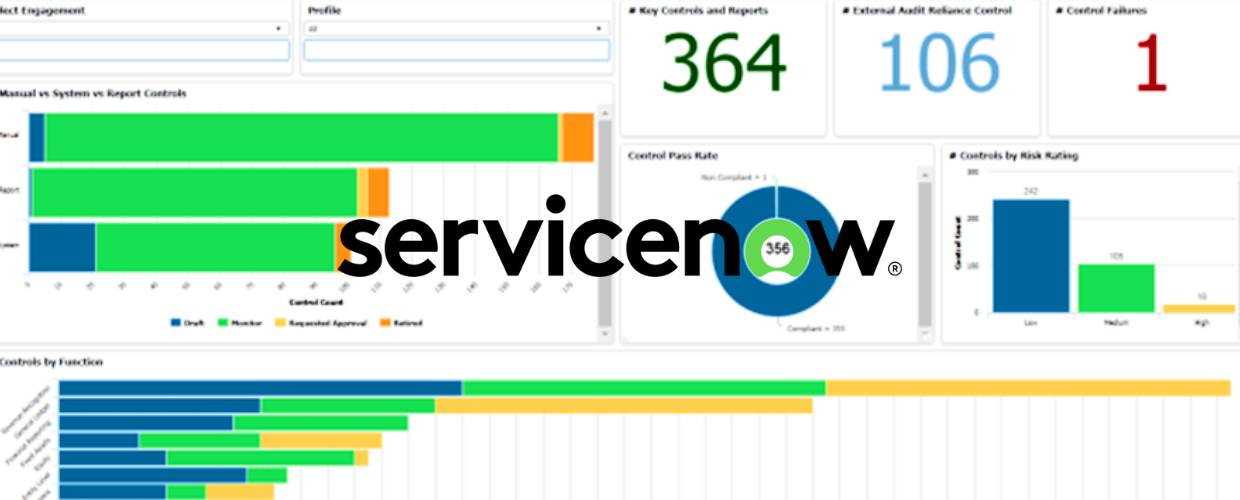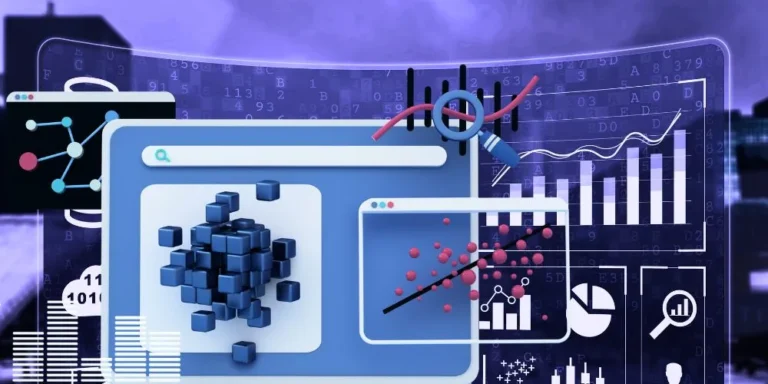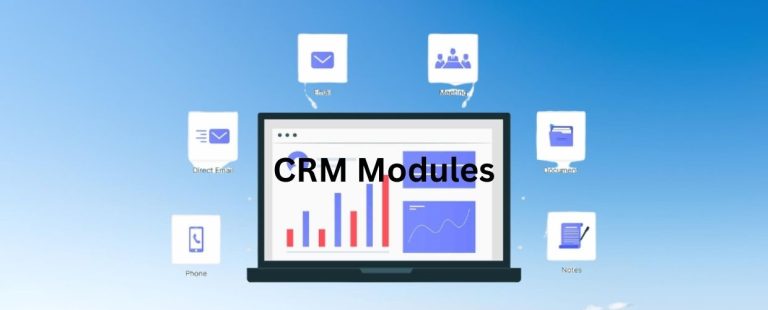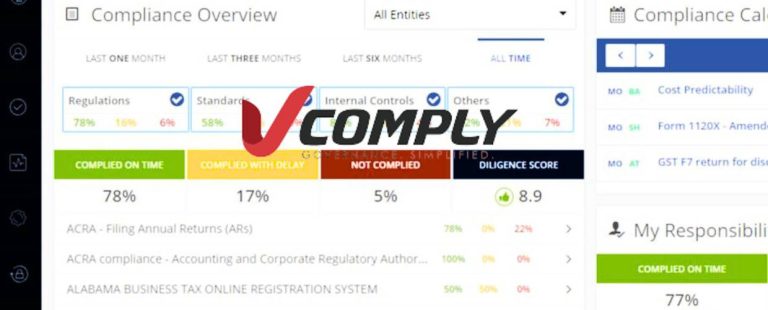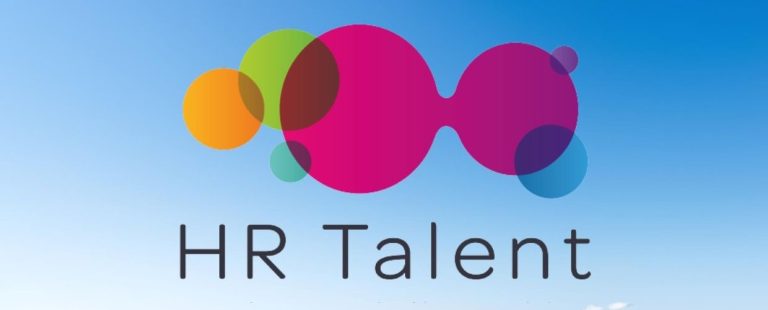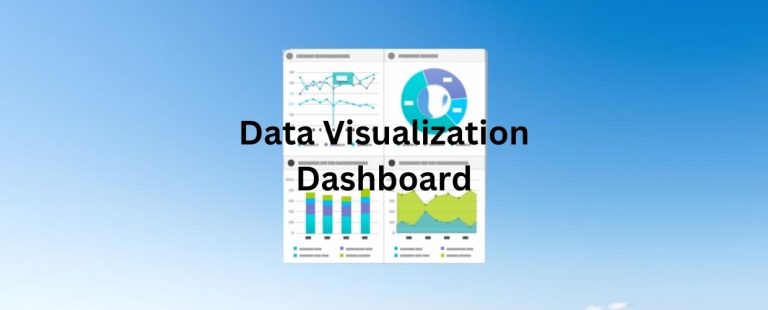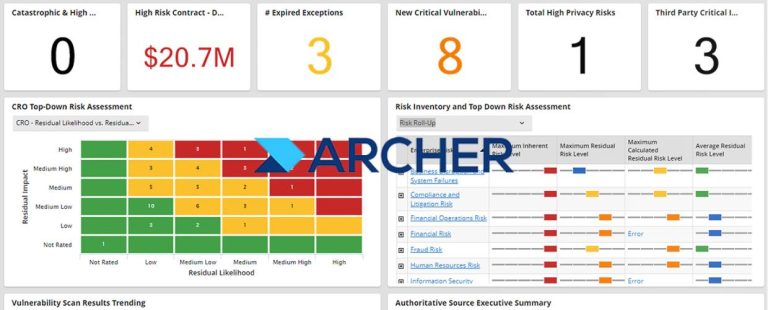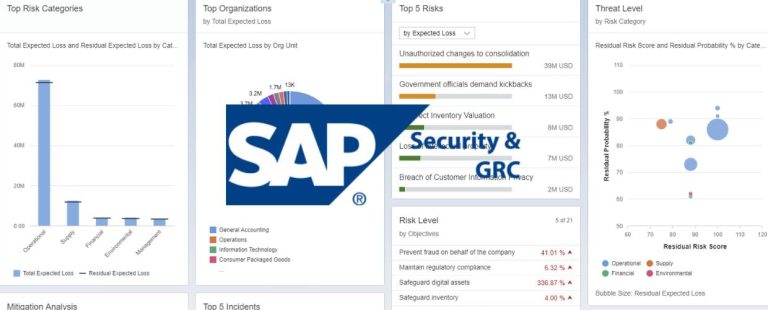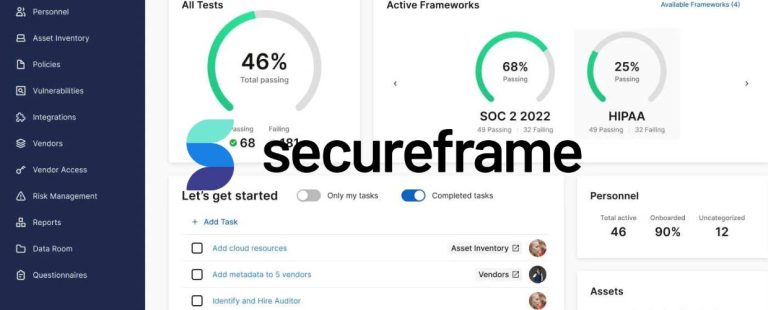In today’s rapidly evolving business landscape, managing risks and ensuring regulatory compliance have become top priorities for organizations across industries. In this article, we will explore the features and capabilities of ServiceNow GRC and how it empowers organizations to transform risk management and compliance in the digital era.
What is ServiceNow Governance, Risk, and Compliance (GRC)?
ServiceNow is a leading cloud-based platform that provides a comprehensive suite of solutions for enterprise service management. ServiceNow Governance, Risk, and Compliance (GRC) module is designed to help organizations establish a robust risk and compliance framework, automate GRC processes, and optimize decision-making in a rapidly changing business environment.
The increasing complexity of risks, data security challenges, and ever-changing compliance requirements demand advanced solutions to streamline and automate governance, risk, and compliance (GRC) processes. By centralizing GRC functions in a unified platform, ServiceNow GRC enables organizations to enhance visibility, agility, and efficiency in managing risks and compliance obligations.
Recommendations and Ratings
EXPERT RECOMMENDATIONS
Overall
-
Easy-of-Use - 85
-
Feature and Functionality - 85
-
Customer Support - 80
-
Setup and Integration - 80
-
Value of Money - 85
User Review
4 (1 vote)The Significance of Governance, Risk, and Compliance (GRC)
Effective GRC is critical for organizations to maintain trust with stakeholders, protect sensitive data, and achieve their business objectives. GRC encompasses three interrelated components.
Governance
Refers to establishing policies, procedures, and oversight mechanisms that guide an organization’s decision-making and operational activities. Effective governance ensures that risks are identified and addressed, compliance requirements are met, and business operations align with strategic objectives.
Risk Management
It involves identifying, assessing, and mitigating potential risks that could impact an organization’s ability to achieve its goals. It encompasses operational and strategic risks, such as cybersecurity threats, financial risks, regulatory changes, and market volatility.
Compliance
It encompasses adherence to relevant laws, regulations, industry standards, and internal policies. Compliance efforts ensure organizations operate within legal boundaries, protect customer data, and maintain ethical business practices.
ServiceNow GRC brings these critical components together in a single platform, empowering organizations to establish a comprehensive GRC program that fosters accountability, transparency, and sustainable growth.
Key Features and Capabilities of ServiceNow GRC
ServiceNow GRC offers a wide range of features and capabilities, making it a powerful solution for managing risks and compliance. Let’s explore some of the key components that set ServiceNow GRC apart.
Unified GRC Framework
ServiceNow GRC provides a unified framework integrating governance, risk management, and compliance functions. This centralization streamlines GRC processes, eliminates silos, and enhances collaboration among risk and compliance management teams.
Risk Identification and Assessment
The platform allows organizations to identify and assess risks comprehensively. The platform offers customizable risk assessment templates, risk scoring mechanisms, and automated risk calculations, enabling organizations to prioritize risks based on their potential impact and likelihood.
Compliance Management
ServiceNow GRC helps organizations track and manage compliance with regulations, standards, and internal policies. The platform provides a centralized repository of compliance requirements, automated compliance assessments, and real-time compliance status monitoring.
Policy and Control Management
Effective policy management is crucial for establishing a strong governance framework. ServiceNow GRC enables organizations to create, update, and communicate policies efficiently. It also facilitates control testing and monitoring to ensure policies are effectively implemented and adhered to.
Audit Management
Preparing for audits can be time-consuming and resource-intensive. ServiceNow GRC streamlines the audit process by automating audit planning, data collection, and report generation. This feature helps organizations demonstrate compliance and respond promptly to audit findings.
Vendor Risk Management
ServiceNow GRC facilitates vendor risk assessments, ensuring that third-party vendors and suppliers meet security and compliance requirements. This feature helps organizations manage third-party risks and protect sensitive data in their supply chain.
Incident and Issue Management
In the event of a security incident or compliance issue, ServiceNow GRC provides incident management capabilities to enable prompt response and resolution. The platform facilitates incident tracking, root cause analysis, and remediation planning.
Performance Analytics and Reporting
ServiceNow GRC offers robust analytics and reporting capabilities, providing real-time risk and compliance performance insights. Organizations can generate customized reports, track key performance indicators, and make data-driven decisions.
Benefits of ServiceNow GRC
Let’s explore the benefits that ServiceNow GRC brings to organizations seeking to enhance their GRC efforts.
Enhanced Visibility and Transparency
The GRC solution provides a holistic view of an organization’s risk and compliance posture. This enhanced visibility allows executives and stakeholders to gain insights into potential risks, compliance gaps, and performance metrics.
Improved Risk Mitigation
ServiceNow GRC enables organizations to proactively identify and mitigate risks by automating risk assessments and offering real-time monitoring. This proactive approach helps reduce the likelihood of adverse events and their potential impact on business operations.
Streamlined Compliance Management
The platform simplifies compliance management by centralizing compliance requirements, automating assessments, and offering a structured approach to compliance tasks. Organizations can efficiently track and meet compliance obligations across multiple regulations and standards.
Increased Collaboration and Accountability
ServiceNow GRC fosters collaboration among different teams involved in GRC efforts. The platform promotes accountability by assigning responsibilities, setting deadlines, and tracking progress, ensuring that initiatives move forward seamlessly.
Agility in a Dynamic Business Environment
In today’s fast-paced business landscape, organizations must be agile in responding to risks and compliance challenges. ServiceNow GRC’s real-time monitoring and analytics enable organizations to adapt quickly to changing circumstances and make informed decisions.
Cost Efficiency and Resource Optimization
ServiceNow GRC streamlines GRC processes, reducing manual efforts and administrative overhead; this results in cost savings and optimizes the use of resources, allowing organizations to focus on strategic initiatives.
Conclusion
ServiceNow GRC is a comprehensive and dynamic platform that empowers organizations to transform risk management and compliance practices. The GRC solution enhances visibility, promotes collaboration, and enables proactive risk mitigation by unifying governance, risk management, and compliance functions. The platform’s robust analytics and reporting capabilities provide real-time insights for data-driven decision-making, while its automation features streamline GRC processes, saving time and resources. In the face of an ever-changing business environment and increasing cybersecurity threats, ServiceNow solution provides organizations with the tools and insights to navigate risks, maintain compliance, and achieve sustainable growth. Embracing ServiceNow GRC can lead to improved risk management practices, enhanced accountability, and a culture of proactive risk awareness, ultimately positioning organizations for success in an increasingly complex and interconnected world.
